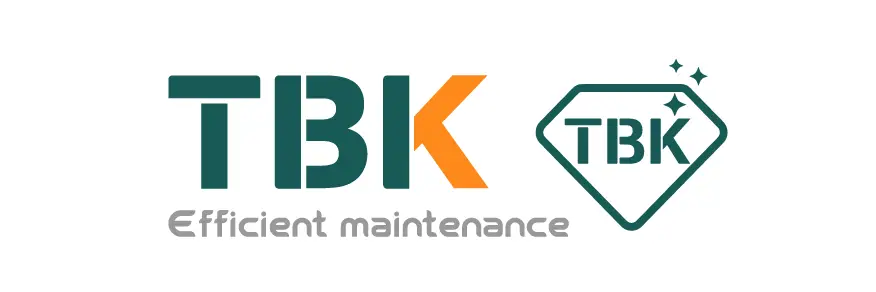Understanding The Importance Of Display Flex Bonding Machines
Understanding the Importance of Display Flex Bonding Machines
In the increasingly competitive world of electronic devices, having the right technology and equipment can make all the difference in staying ahead of the competition. One crucial piece of equipment that is often overlooked but plays a significant role in producing high-quality electronic displays is the display flex bonding machine. These machines are essential in the manufacturing process of electronic displays, ensuring that each device meets the highest standards of quality and durability.
Becoming familiar with the importance of display flex bonding machines can help manufacturers and consumers alike understand the value they bring to the production of electronics. In this article, we will delve into the various aspects of display flex bonding machines, their functionalities, and the key role they play in the manufacturing process.
The Role of Display Flex Bonding Machines
Display flex bonding machines are specialized equipment used in the manufacturing of electronic displays, such as smartphones, tablets, and televisions. These machines are designed to bond flexible display components, such as touch sensors, cover glass, and display modules, together to create a seamless and durable display unit. The bonding process involves using advanced adhesives and precise pressure and temperature control to ensure a strong and reliable bond between the various components.
By using display flex bonding machines, manufacturers can produce displays that are thinner, lighter, and more durable than traditional displays. This is crucial in the competitive electronics market, where consumers demand sleek and high-performance devices. Additionally, the bonding process helps improve the overall quality and reliability of electronic displays, reducing the likelihood of display failures and defects over time.
The Functionality of Display Flex Bonding Machines
Display flex bonding machines employ advanced technology and precision engineering to ensure the seamless integration of display components. These machines use a combination of heat, pressure, and adhesive materials to bond flexible display components together securely. The process begins by aligning the various display components with high accuracy using automated systems. Once aligned, the components are subjected to precise pressure and temperature conditions to initiate the bonding process.
One of the key functionalities of display flex bonding machines is their ability to handle a wide range of display sizes and configurations. These machines are designed to accommodate displays of various shapes, sizes, and materials, allowing manufacturers to produce a diverse range of electronic devices. Additionally, display flex bonding machines can bond multiple layers of display components together, creating complex and multi-functional display units with ease.
Display flex bonding machines also offer versatility in terms of adhesive materials and bonding techniques. Manufacturers can choose from a variety of adhesives, such as liquid adhesives, tapes, and films, to suit the specific requirements of their display designs. Furthermore, these machines can perform different bonding techniques, such as pressure bonding, hot bar bonding, and laser bonding, depending on the desired outcome and display specifications.
The Benefits of Using Display Flex Bonding Machines
The use of display flex bonding machines brings several key benefits to the manufacturing process of electronic displays. One of the primary advantages is the improved display quality and durability achieved through the bonding process. By bonding display components together securely, manufacturers can create displays that are less prone to damage, delamination, and other defects, resulting in longer-lasting and more reliable devices.
Additionally, display flex bonding machines help manufacturers reduce production costs and increase manufacturing efficiency. By automating the bonding process and ensuring precise alignment and bonding of display components, these machines minimize material waste, rework, and errors, leading to higher production yields and lower manufacturing costs. This increased efficiency also allows manufacturers to produce displays at a faster rate, meeting the demands of the market while maintaining high quality standards.
The use of display flex bonding machines also enables manufacturers to create innovative and customizable display designs. These machines provide the flexibility to bond various types of display components, allowing for the creation of unique and cutting-edge display units. By experimenting with different materials, shapes, and configurations, manufacturers can develop displays that stand out in the competitive electronics market, attracting consumers and driving sales.
The Future of Display Flex Bonding Machines
As the demand for high-quality electronic displays continues to rise, the importance of display flex bonding machines in the manufacturing process is expected to grow. Manufacturers are increasingly investing in advanced bonding technologies and equipment to stay competitive and meet consumer expectations for sleek, durable, and high-performance electronic devices. The future of display flex bonding machines lies in their continued innovation and adaptation to emerging display technologies and trends.
One key trend shaping the future of display flex bonding machines is the development of flexible and foldable displays. These displays offer new possibilities for device design and functionality, such as foldable smartphones and rollable televisions. Display flex bonding machines will play a crucial role in bonding the flexible components of these displays together, ensuring their reliability, durability, and performance.
Another trend driving the evolution of display flex bonding machines is the increasing demand for environmentally friendly and sustainable manufacturing practices. Manufacturers are exploring new materials, adhesives, and bonding techniques that reduce the environmental impact of display production. Display flex bonding machines will need to adapt to these changes by accommodating eco-friendly materials and processes while maintaining high-quality standards and performance.
In conclusion, display flex bonding machines are indispensable equipment in the manufacturing of electronic displays, providing manufacturers with the tools to create high-quality, durable, and innovative devices. By understanding the role, functionality, benefits, and future trends of display flex bonding machines, both manufacturers and consumers can appreciate the significance of these machines in the production of cutting-edge electronic displays. As technology continues to advance and consumer expectations evolve, display flex bonding machines will remain a critical component of the electronics industry, driving innovation and excellence in display manufacturing.





























